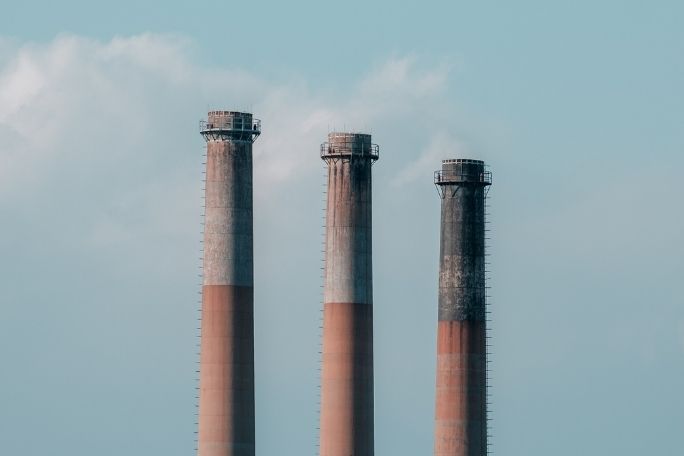Lesson summary
Students conduct research to compare energy sources being used now or with future potential. After presenting their findings to the class, they draw together their key points that will dictate the future of energy.
Learning intentions:
Students will...
- understand basic ideas about forms of energy (both renewable and non-renewable) and their relationship to our environment, including ways to limit the impact of energy use on our environment.
- communicate effectively in fair and considered class-wide discussion on issues.
- demonstrate the ability to read, evaluate and interpret information about the issues.
Lesson guides and printables
Lesson details
Curriculum mapping
Australian Curriculum content descriptions:
Year 9 Science:
- Communicate scientific ideas and information for a particular purpose, including constructing evidence-based arguments and using appropriate scientific language, conventions and representations (ACSIS174)
- Formulate questions or hypotheses that can be investigated scientifically (ACSIS164)
Year 9 English:
- Interpret, analyse and evaluate how different perspectives of issue, event, situation, individuals or groups are constructed to serve specific purposes in texts (ACELY1742)
Year 10 Science:
- Communicate scientific ideas and information for a particular purpose, including constructing evidence-based arguments and using appropriate scientific language, conventions and representations (ACSIS208)
- Formulate questions or hypotheses that can be investigated scientifically (ACSIS198)
Year 10 English:
- Identify and analyse implicit or explicit values, beliefs and assumptions in texts and how these are influenced by purposes and likely audiences (ACELY1752)
- Use comprehension strategies to compare and contrast information within and between texts, identifying and analysing embedded perspectives, and evaluating supporting evidence (ACELY1754)
Syllabus Outcomes: SC5-4WS, SC5-9WS, EN5-2A, EN5-8D.
Indoor or outdoor activity: Indoor
Time required: 90 + mins
Level of teacher scaffolding: Lead students in class discussion around energy in Australia.
Resources required
- Internet access
- Materials for presentations
Additional info
This is an original Cool.org lesson. Facts and figures in these lessons may have changed since this lesson was published. We always endeavour to update our resources in a timely manner, but if you see an error or issue in our resources please get in touch with us.


Welcome back!
Don't have an account yet?
Log in with:
By signing up to Cool.org you consent and agree to Cool's privacy policy to
store, manage and process your personal information. To read more, please see
our privacy policy here(Opens in new tab).
Create your free Cool.org account.
Many of our resources are free, with an option to upgrade to Cool+ for premium content.
Already have an account?
Sign up with:
By signing up to Cool.org you consent and agree to Cool's privacy policy to
store, manage and process your personal information. To read more, please see
our privacy policy here(Opens in new tab).